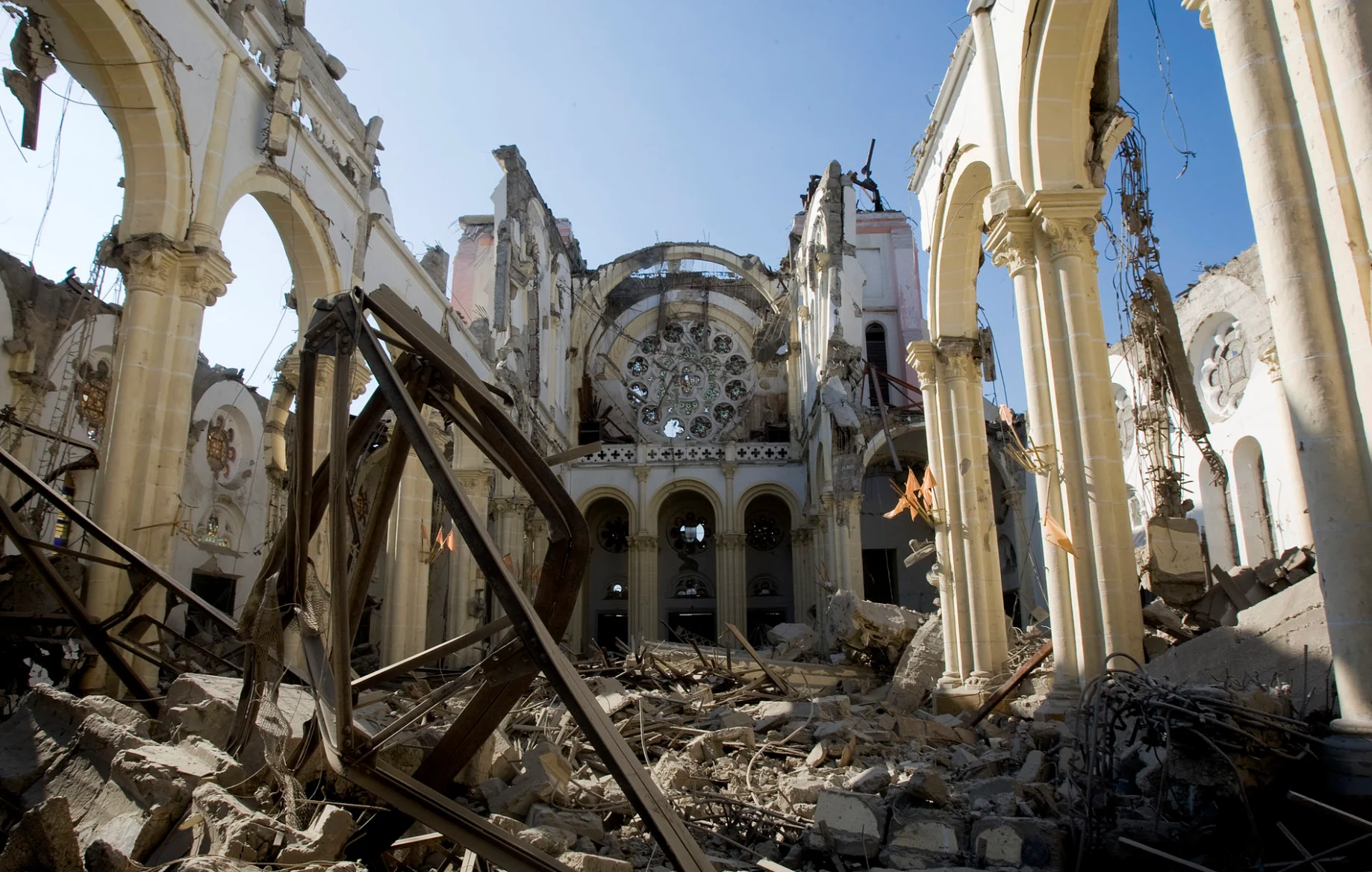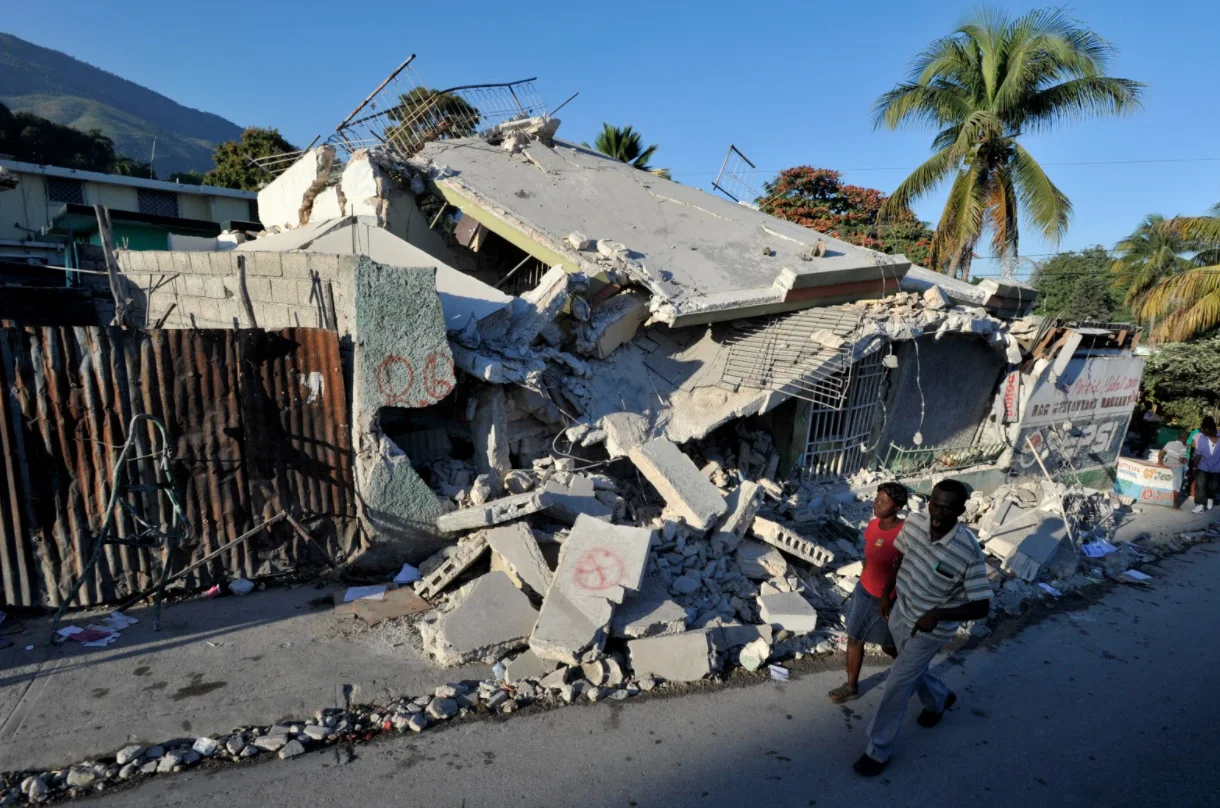
Remembering the devastation of the Haiti earthquake 13 years later
The 2010 catastrophic Haiti earthquake affected approximately 3 million people.
This Day In Weather History is a daily podcast by Chris Mei from The Weather Network, featuring stories about people, communities and events and how weather impacted them.
--
On Tuesday, January 12, 2010, at 4:53 pm local time, a magnitude 7.0 earthquake devastated Haiti. Thirteen years later, the Caribbean country is still recovering.
The epicentre of the earthquake was near the town of Léogâne, approximately 25 km west of Port-au-Prince, Haiti's capital.
Haiti has a rich history rooting back to 5000 BC. The area, which takes up three-eighths of the Hispaniola island, was under Spanish rule from 1492–1625 and French rule from 1625–1804 before the Haitian Revolution occurred, from 1791–1804, leading to its independence in 1804. The country then went through eras of empires, which is over-simplifying their history, all to say that the grounds that crumbled on Jan. 12, are deeply historic.

Remnants of the Cathedral of Our Lady of the Assumption, which was built between 1884 and 1914. Courtesy of Marco Dormino/Wikipedia/CC BY-SA 3.0 igo
An estimated 250,000 residences and 30,000 commercial buildings were destroyed. Historical landmarks were also damaged beyond repair, including the Presidential Palace, the National Assembly building, the Port-au-Prince Cathedral, and the headquarters of the United Nations Stabilization Mission in Haiti.

Collapsed buildings in Port-aux-Prince. Courtesy of World Vision/Jon Warren
The death toll was increased by poor housing conditions and existing poverty. The death toll ranged between 100,000 to 160,000 and 220,000 to 316,000, depending on the report.
Haiti's establishments could not support recovery. The communication and transportation systems were down, hospital and electrical networks were too damaged to provide aid. Port-au-Prince's morgues could not accommodate the tens of thousands of deaths, leading to mass graves.
To make everything worse, there was no clear authority in disaster relief. The chaos led to looting and sporadic violence.
On January 22, the United Nations ended the emergency phase of the relief which led to the Haitian government calling off the search for survivors.
Also on January 22, a televised special called "Hope for Haiti Now" aired, which turned out to be the most-watched telethon in history, raising US$58 million by the next day.
By January 24, there were at least 52 aftershocks that measured 4.5 or greater.
In 2010, the approximate population of Haiti was 10 million and around three million were affected.
Subscribe to 'This Day in Weather History': Apple Podcasts | Amazon Alexa | Google Assistant | Spotify | Google Podcasts | iHeartRadio | Overcast'
Thumbnail courtesy of UNICEF/UNI87990/LeMoyne










